Today is the New Year's Eve, the last day of this year. It might be the best day to look back this year with several train photos I took.
Unlike my Japanese blog, I do not post new photos to this blog or Twitter very often. Articles on this blog are not always "casual" (according to friends of mine) as I seldom use such expressions like "I think". Not a few people might have thought that I do not take photos very often, and focus on discussing about something on this blog instead. But in fact, I did enjoy trainspotting this year as listed below.
Janurary

Two four-carriage units of Keikyu 1500 series forming eight coaches. This so-called "4+4" coaches of the 1500 series has been phenomenally rare in the last 15 years. As withdrawal of the series continues, almost of all four-car units are expected to be withdrawn by March 2023.
February

Mizushima Rinkai Railway's KiHa 35 series. The KiHa 35 series is a type of diesel train developed by Japanese National Railways for commuter rails. This is the only operational one in the country, which runs only a handful of days every year. A major overhaul was carried out recently so that this train is likely to be in service for four years unless it breaks down.
March

Tobu 100 series SPACIA. It has served Limited Express services between Asakusa and Nikko or Kinugawa for more than 30 years, and it is still one of the most well-known trains in Tokyo. However, as a brand new train enters service in mid-July 2023, the incumbent SPACIA might not last long.
April

Kintetsu MoTo 51 series, a quasi-electric-locomotive that is used for empty coaching stock movement. A Keihanna Line's train was about to be despatched to another depot. I was on a trip to Nara at the time, and it was a completely unexpected encounter with this train.
May

415 series in Kyushu. This old rolling stock had been used in the southern island of Japan for nearly 50 years, but I suspected that all 415 series trains would retire when West-Kyushu Shinkansen high-speed rail opened. It was correct, and they were abruptly taken out of all services in September.
June

No train photo in June, as I was simply busy and the rainy season discouraged me to go outside.
July

E2 series bullet train. JR East repainted a unit ivory and green in commemoration of the 40th anniversary of Tohoku and Joetsu Shinkansen lines. Schedules of this train had been avilable on the official website, but JR East stopped updating information so that it is a little bit hard to figure them out today.
August

Izukyu 3000 series. JR East gradually withdraws 209 series commuter trains but a few of them were resold to this small private railway in the west of Tokyo. The 209 series has been infamous for being prone to troubles because of cheap structures, but it seems not a matter of concern for Izukyu.
September

211 series in Shizuoka. JR Central has been replacing the 211 series and other 30-year-old suburban trains with brand new trains since this year, but the series, which was developed by Japanese National Railways, are still common in this area. The JNR trains might be dramatically decline in the latter-half of 2023.
October

E235 series on Yamanote Line painted black. In spite of the 150th anniversary of the railway history in Japan, companies held very few events commemorating the milestone. Instead of them, I visited several places by myself to see monuments in Tokyo and Yokohama, as I wrote on this blog before (see also HERE).
November

Keifuku (also known as Randen), one of two tram networks in Kyoto. This tram line is heavily used by tourists going to Arashiyama in the northwest of Kyoto city centre, and services are very crowded in November as many people visit there to enjoy autumn foliage. In that case, all services are formed of two coaches like this.
December

381 series, Limited Express Yakumo. The 381 series is now the very last train painted beige with red stripes, the traditional livery adopted by Japanese National Railways. As the 381 series is due to be replaced with brand new trains from 2024, many railway enthusiasts are expected to visit Okayama, Tottori or Shimane Prefectures to see it.
They were my favourite photos I took this year. Other photos might be uploaded to The Red List of Trains in Japan in due course.
Finally, I would like to thank everybody who read any article on this blog this year. I will keep updating it in 2023 too. Please check the next article I post tomorrow.





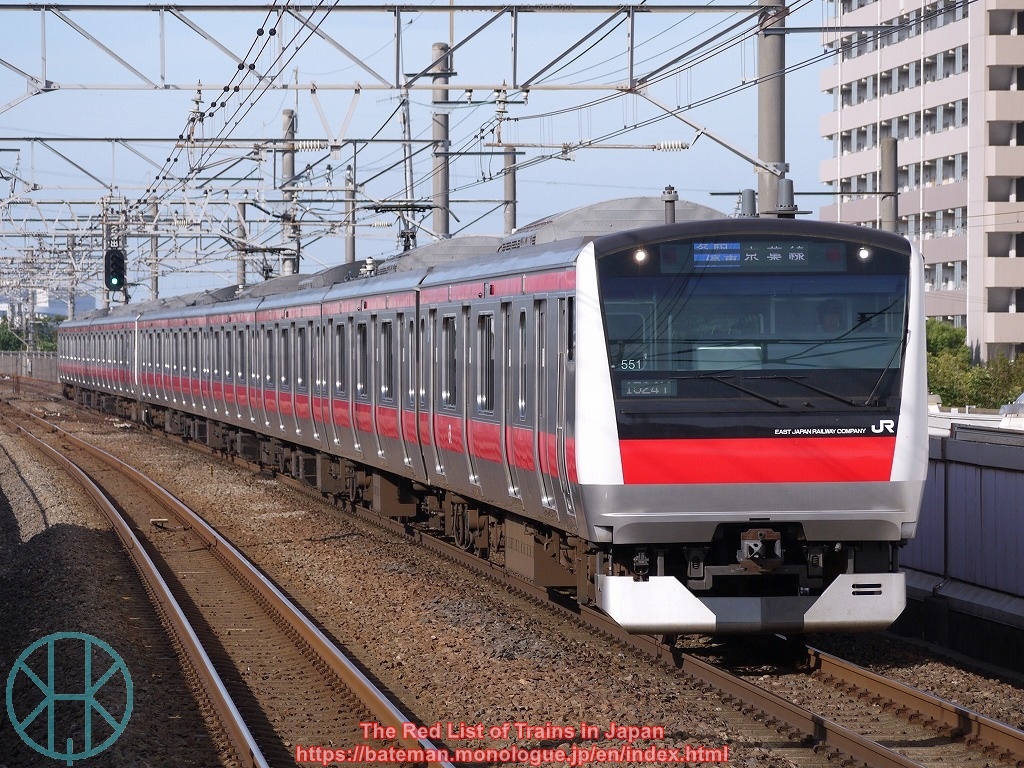
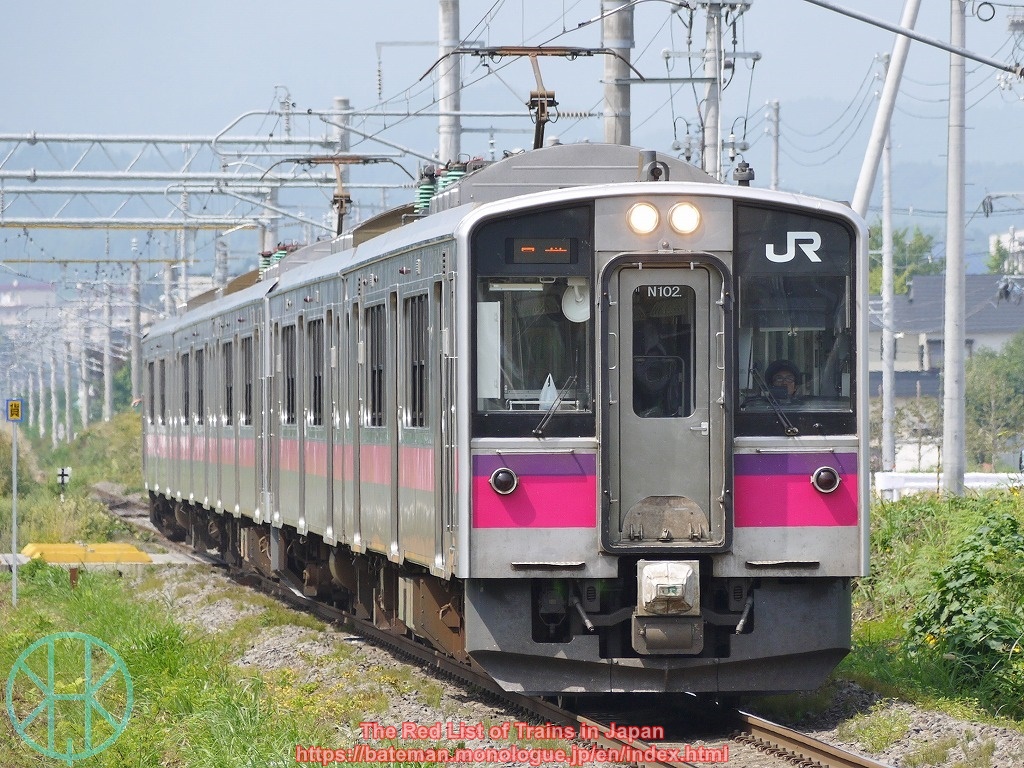
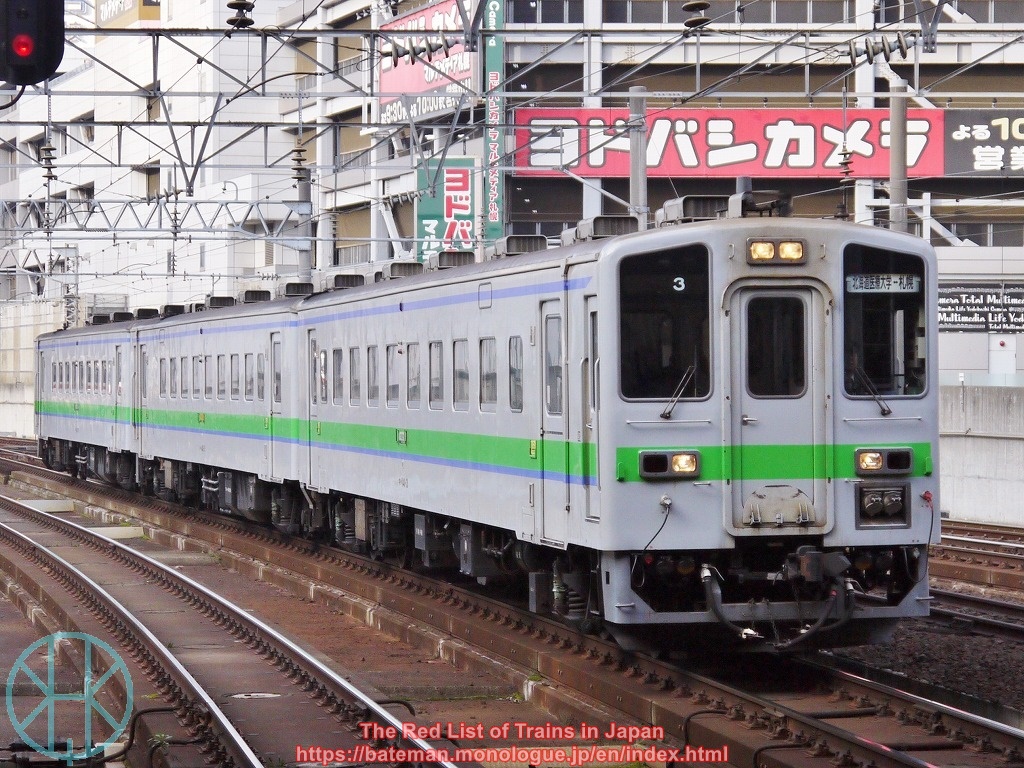
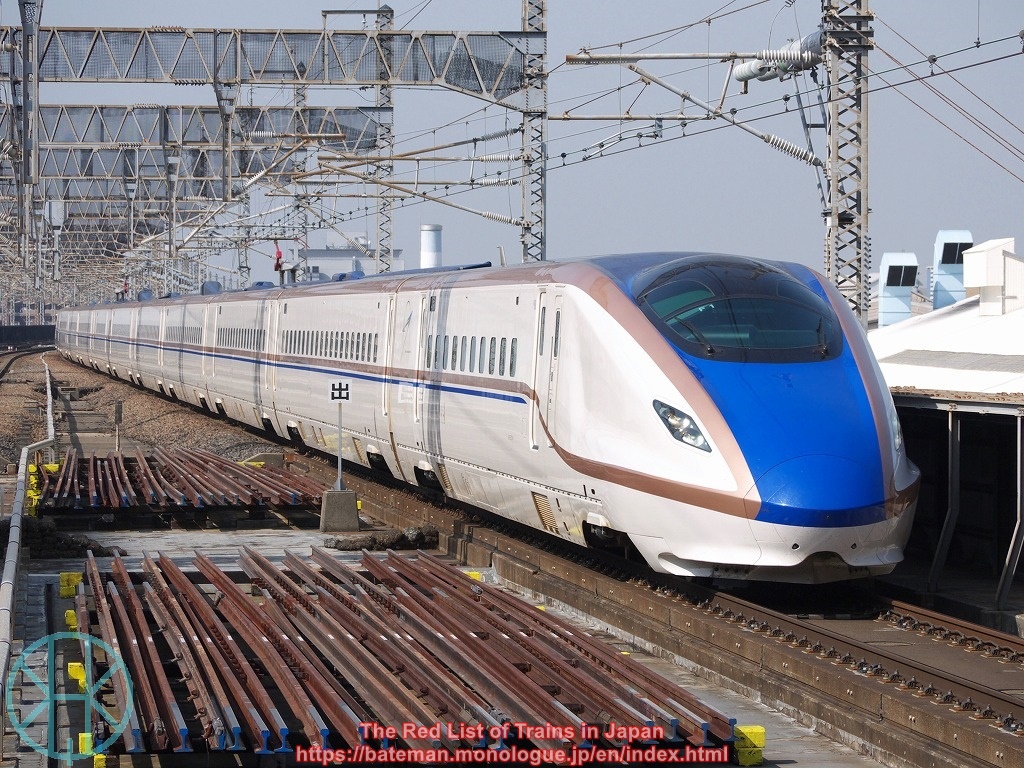
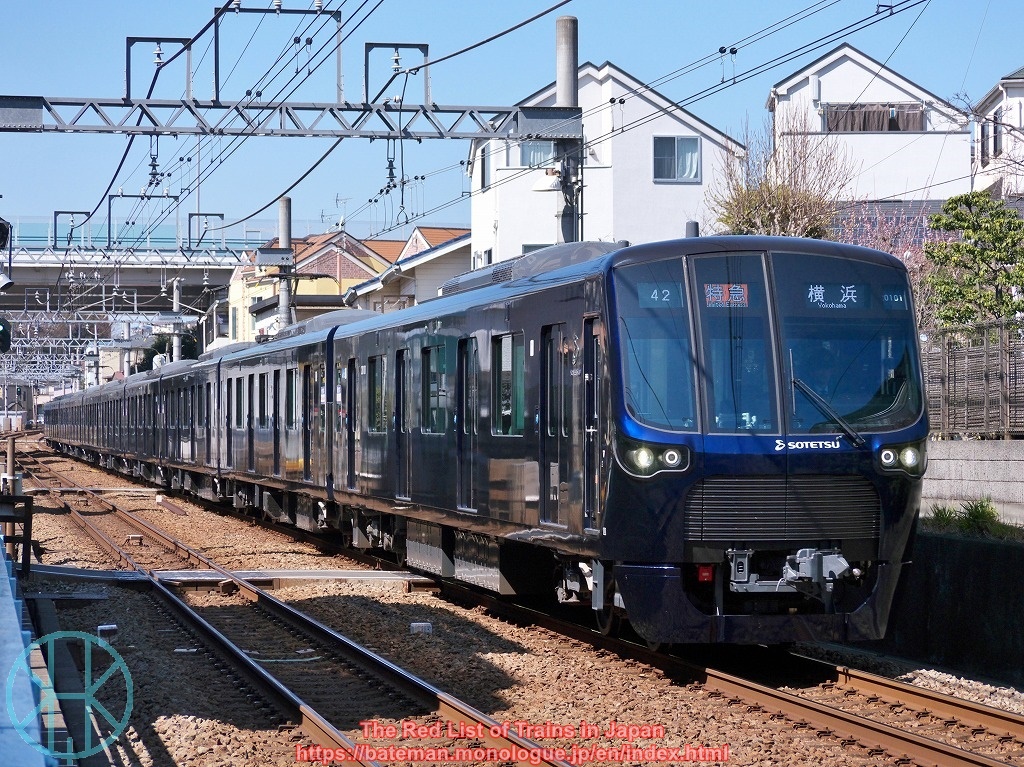


.jpg)





